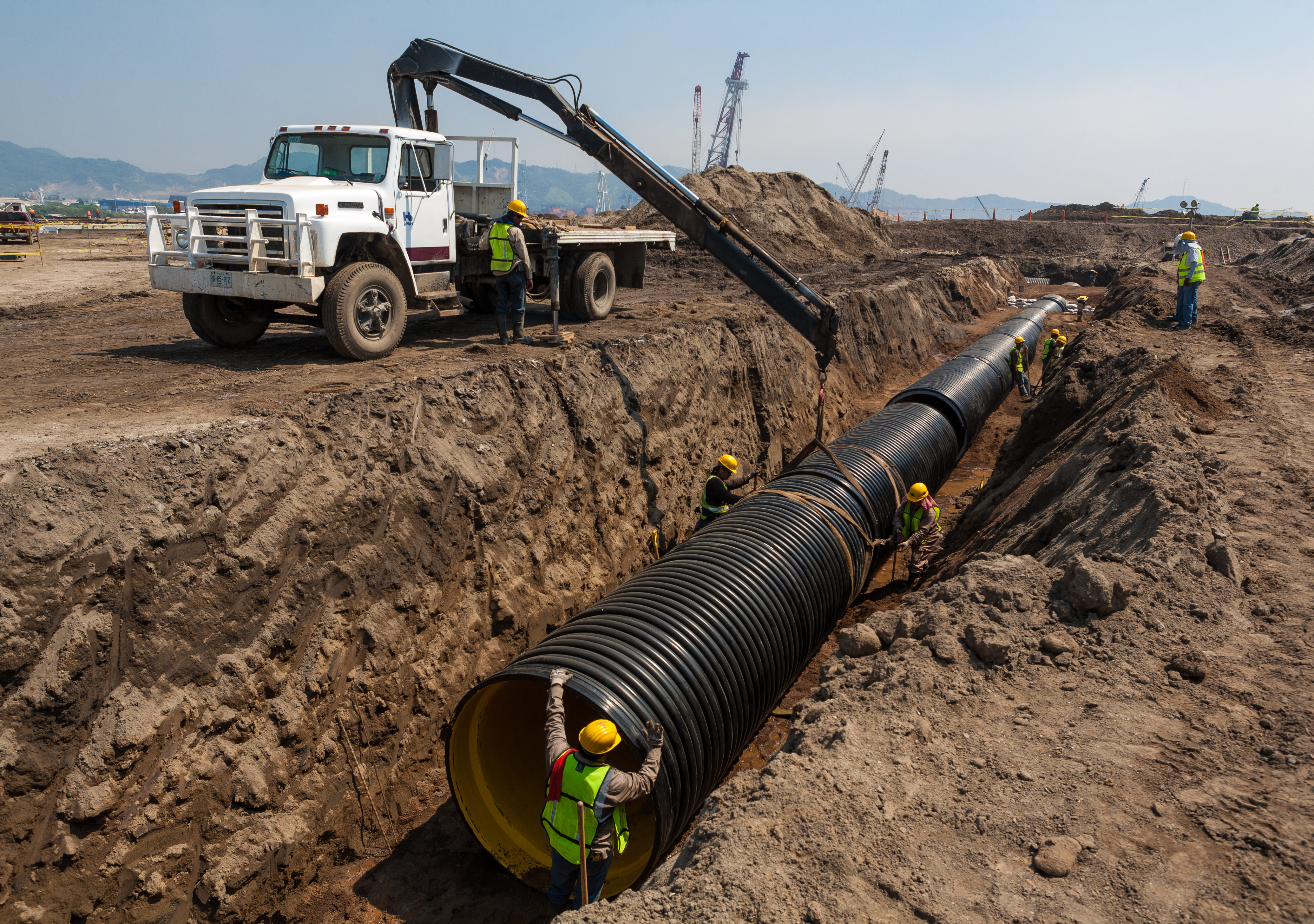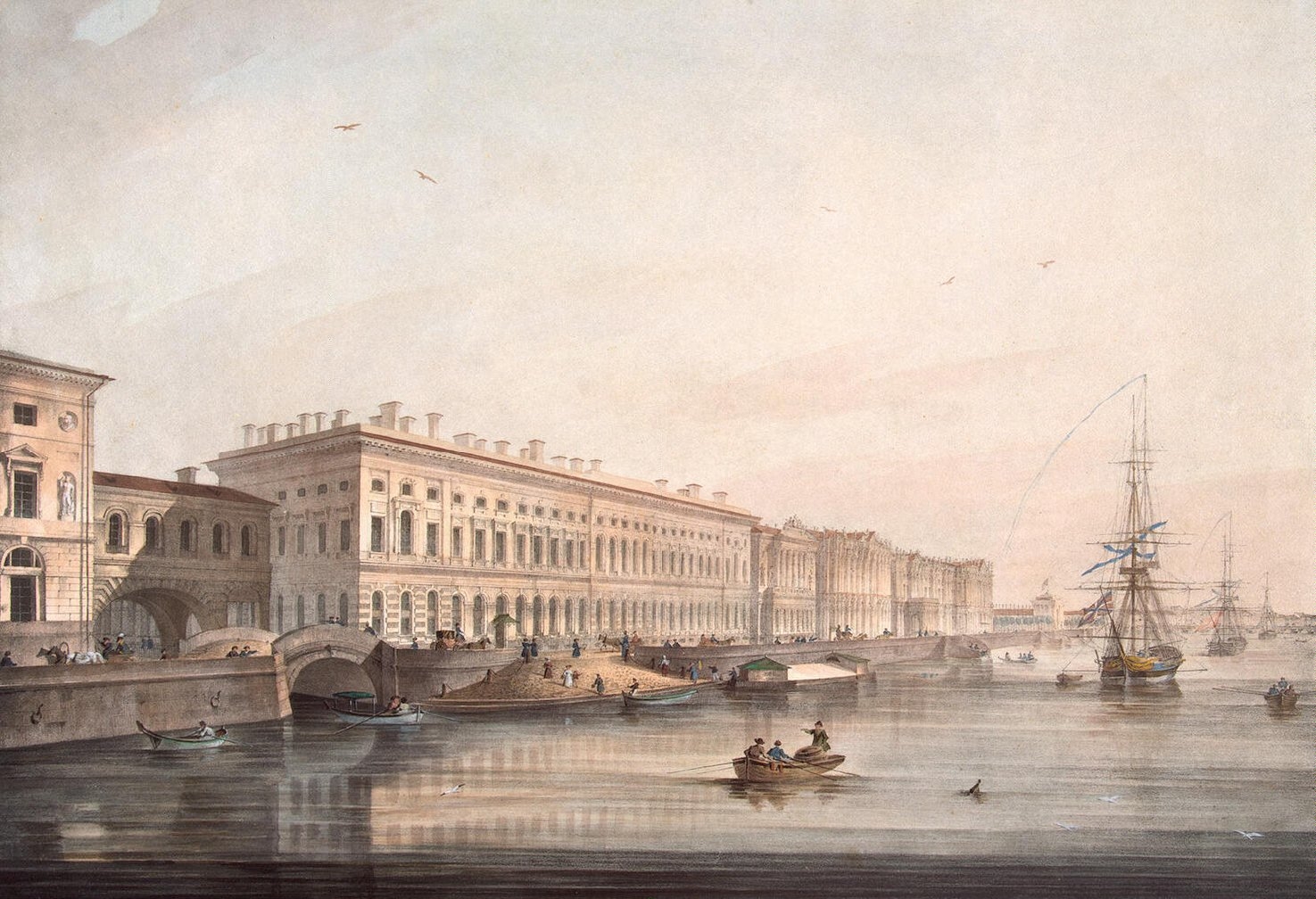|
Uryung-Ulakh
The Uryung-Ulakh or Yuryung-Ulakh ( or Юрюнг-Уулаах; , ''Ürün Uulaax'') is a river in the Sakha Republic (Yakutia), Russia. It has a length of and a drainage basin area of . The river flows north of the Arctic Circle, across territories of the East Siberian Lowland in Allaikhovsky District marked by permafrost. There are no settlements along its course. Course The Uryung-Ulakh is the main tributary of the Khroma. It has its sources in the lake of the same name, a fairly large lake of the southeastern part of the Yana-Indigirka Lowland located to the south of the Muksunuokha basin. The river heads first roughly southeastwards across a tundra area of swamps and numerous small lakes. After a long stretch it bends and meanders in an northeastern direction until it meets the western shore of lake Usun-Ulakh-Tubata (Усун-Уулаах-Тубата), south of the mouth of the Kyuyol-Yuryakh in the same lake. The Uryung-Ulakh then flows out of the lake from the nor ... [...More Info...] [...Related Items...] OR: [Wikipedia] [Google] [Baidu] |
Kyuyol-Yuryakh
The Kyuyol-Yuryakh (; , ''Küöl-ürex'') is a river in the Sakha Republic (Yakutia), Russia. It has a length of and a drainage basin area of . The river flows north of the Arctic Circle, across territories of the East Siberian Lowland in Allaikhovsky District. It flows across Soluntakh, the largest lake in the area. There are no settlements along its course. The name of the river comes from the Yakut ''"Kuöl/urekh"'' ''(Күөл-үрэх)'', meaning "lake/river". Course The Kyuyol-Yuryakh has its sources in a small lake of the northern end of the Yana-Indigirka Lowland, to the east of the Muksunuokha basin. The river heads first roughly southwards across a tundra area marked by permafrost and numerous small lakes. After a stretch it bends and flows in an ESE direction until it meets the western shore of lake Soluntakh, forming the primary inflow of the relatively large lake. The Kyuyol-Yuryakh then flows out of the lake from the eastern shore, meandering strongly in a ENE d ... [...More Info...] [...Related Items...] OR: [Wikipedia] [Google] [Baidu] |
Yana-Indigirka Lowland
The Yana-Indigirka Lowland (; ) is a large, low alluvial plain located in northern Siberia, Far Eastern Federal District, Russia. Administratively most of the territory of the lowland is part of the Sakha Republic (Yakutia). There are inhabited centers of population in the lowlands such as Chokurdakh, Olenegorsk and Nizhneyansk, but these are very few and scattered. Geography The lowland is named after the Yana River in the west and the Indigirka River in the east and is crossed by both rivers in their middle and lower courses. The area is mostly flat and very marshy, its northern limits extending for over from the Buor Khaya Gulf of the Laptev Sea in the west to the delta of river Indigirka in the East Siberian Sea in the east. It is limited by the Kyundyulyun, the northern end of the Selennyakh Range and the Polousny Range in the south. [...More Info...] [...Related Items...] OR: [Wikipedia] [Google] [Baidu] |
Allaikhovsky District
Allaikhovsky District (; , ''Allayıaxa uluuha'') is an administrativeConstitution of the Sakha Republic, Article 45 and municipalLaw #172-Z #351-III district (raion, or ''ulus''), one of the thirty-four in the Sakha Republic, Russia. It is located in the northeast of the republic towards the mouth of the Indigirka River and borders with the East Siberian Sea in the north, Nizhnekolymsky District in the east, Srednekolymsky District in the southeast, Abyysky District in the south, and with Ust-Yansky District in the west. The area of the district is .''Registry of the Administrative-Territorial Divisions of the Sakha Republic'' Its administrative center is the urban locality (an urban-type settlement) of Chokurdakh. As of the 2010 Census, the total population of the district was 3,050, with the population of Chokurdakh accounting for 77.6% of that number. Geography It is located north of the Arctic Circle, in the lower reaches of the Indigirka River. Most of the dist ... [...More Info...] [...Related Items...] OR: [Wikipedia] [Google] [Baidu] |
Tundra
In physical geography, a tundra () is a type of biome where tree growth is hindered by frigid temperatures and short growing seasons. There are three regions and associated types of tundra: #Arctic, Arctic, Alpine tundra, Alpine, and #Antarctic, Antarctic. Tundra vegetation is composed of dwarf shrubs, Cyperaceae, sedges, Poaceae, grasses, mosses, and lichens. Scattered trees grow in some tundra regions. The ecotone (or ecological boundary region) between the tundra and the forest is known as the tree line or timberline. The tundra soil is rich in nitrogen and phosphorus. The soil also contains large amounts of biomass and decomposed biomass that has been stored as methane and carbon dioxide in the permafrost, making the tundra soil a carbon sink. As global warming heats the ecosystem and causes soil thawing, the permafrost carbon cycle accelerates and releases much of these soil-contained greenhouse gases into the atmosphere, creating Climate change feedback, a feedback cycle t ... [...More Info...] [...Related Items...] OR: [Wikipedia] [Google] [Baidu] |
Drainage Basins Of The East Siberian Sea
Drainage is the natural or artificial removal of a surface's water and sub-surface water from an area with excess water. The internal drainage of most agricultural soils can prevent severe waterlogging (anaerobic conditions that harm root growth), but many soils need artificial drainage to improve production or to manage water supplies. History Early history The Indus Valley Civilization had sewerage and drainage systems. All houses in the major cities of Harappa and Mohenjo-daro had access to water and drainage facilities. Waste water was directed to covered gravity sewers, which lined the major streets. 18th and 19th century The invention of hollow-pipe drainage is credited to Sir Hugh Dalrymple, who died in 1753. Current practices Simple infrastructure such as open drains, pipes, and berms are still common. In modern times, more complex structures involving substantial earthworks and new technologies have been common as well. Geotextiles New storm water drainage sys ... [...More Info...] [...Related Items...] OR: [Wikipedia] [Google] [Baidu] |
List Of Rivers Of Russia
Russia can be divided into a European and an Asian part. The dividing line is generally considered to be the Ural Mountains. The European part is drained into the Arctic Ocean, Baltic Sea, Black Sea, and Caspian Sea. The Asian part is drained into the Arctic Ocean and the Pacific Ocean. Notable rivers of Russia in Europe are the Volga (which is the longest river in Europe), Pechora, Don, Kama, Oka and the Northern Dvina, while several other rivers originate in Russia but flow into other countries, such as the Dnieper (flowing through Russia, then Belarus and Ukraine and into the Black Sea) and the Western Dvina (flowing through Russia, then Belarus and Latvia into the Baltic Sea). In Asia, important rivers are the Ob, the Irtysh, the Yenisei, the Angara, the Lena, the Amur, the Yana, the Indigirka, and the Kolyma. In the list below, the rivers are grouped by the seas or oceans into which they flow. Rivers that flow into other rivers are ordered by the proximit ... [...More Info...] [...Related Items...] OR: [Wikipedia] [Google] [Baidu] |
Critically Endangered
An IUCN Red List critically endangered (CR or sometimes CE) species is one that has been categorized by the International Union for Conservation of Nature as facing an extremely high risk of extinction in the wild. As of December 2023, of the 157,190 species currently on the IUCN Red List, 9,760 of those are listed as critically endangered, with 1,302 being possibly extinct and 67 possibly extinct in the wild. The IUCN Red List provides the public with information regarding the conservation status of animal, fungi, and plant species. It divides various species into seven different categories of conservation that are based on habitat range, population size, habitat, threats, etc. Each category represents a different level of global extinction risk. Species that are considered to be critically endangered are placed within the "Threatened" category. As the IUCN Red List does not consider a species extinct until extensive targeted surveys have been conducted, species that a ... [...More Info...] [...Related Items...] OR: [Wikipedia] [Google] [Baidu] |
Siberian Crane
The Siberian crane (''Leucogeranus leucogeranus''), also known as the Siberian white crane or the snow crane, is a bird of the family Gruidae, the crane (bird), cranes. They are distinctive among the cranes: adults are nearly all White, snowy white, except for their black Flight feather, primary feathers that are visible in flight, and with two Population ecology, breeding populations in the Arctic tundra of western and Russian Far East, eastern Russia. The eastern populations bird migration, migrate during winter to China, while the western population winters in Iran and (formerly) in Bharatpur district, Bharatpur, India. Among the cranes, they make the longest distance Animal migration, migrations. Their populations, particularly those in the western range, have declined drastically in the 20th century due to Fowling, hunting along their migration routes and habitat destruction, habitat degradation. The world population was estimated in 2010 at about 3,200 birds, mostly belongin ... [...More Info...] [...Related Items...] OR: [Wikipedia] [Google] [Baidu] |
Google Earth
Google Earth is a web mapping, web and computer program created by Google that renders a 3D computer graphics, 3D representation of Earth based primarily on satellite imagery. The program maps the Earth by superimposition, superimposing satellite images, aerial photography, and geographic information system, GIS data onto a 3D globe, allowing users to see cities and landscapes from various angles. Users can explore the globe by entering addresses and coordinates, or by using a Computer keyboard, keyboard or computer mouse, mouse. The program can also be downloaded on a smartphone or Tablet computer, tablet, using a touch screen or stylus to navigate. Users may use the program to add their own data using Keyhole Markup Language and upload them through various sources, such as forums or blogs. Google Earth is able to show various kinds of images overlaid on the surface of the Earth and is also a Web Map Service client. In 2019, Google revealed that Google Earth covers more than 97 ... [...More Info...] [...Related Items...] OR: [Wikipedia] [Google] [Baidu] |
Khroma Bay
The Khroma Bay (, ''Khromskaya Guba'') is a bay in the East Siberian Sea, part of the Sakha Republic (Yakutia) administrative division of the Russian Federation. Owing to is northerly location the bay is covered with ice most of the year. Geography The bay lies west of the Sundrun River region and east of the Yana Bay. It is open to the northeast through a narrow and straight channel and is in length. Its maximum width is about and it has a branch or inlet extending northwards midway between its mouth and its most inland shore point. The Omullyakh Bay lies north of the bay and shares the same mouth.GoogleEarth This bay is in the shores of the East Siberian Lowland, an area of wetlands; lakes and marshes dot the whole landscape. The long Khroma and the long Lapcha flow into the head of the bay from the south. Fauna Mammoths were common in this region during the holocene period. In the summer the bay is a breeding and molting area for the lesser white-fronted goose The ... [...More Info...] [...Related Items...] OR: [Wikipedia] [Google] [Baidu] |





